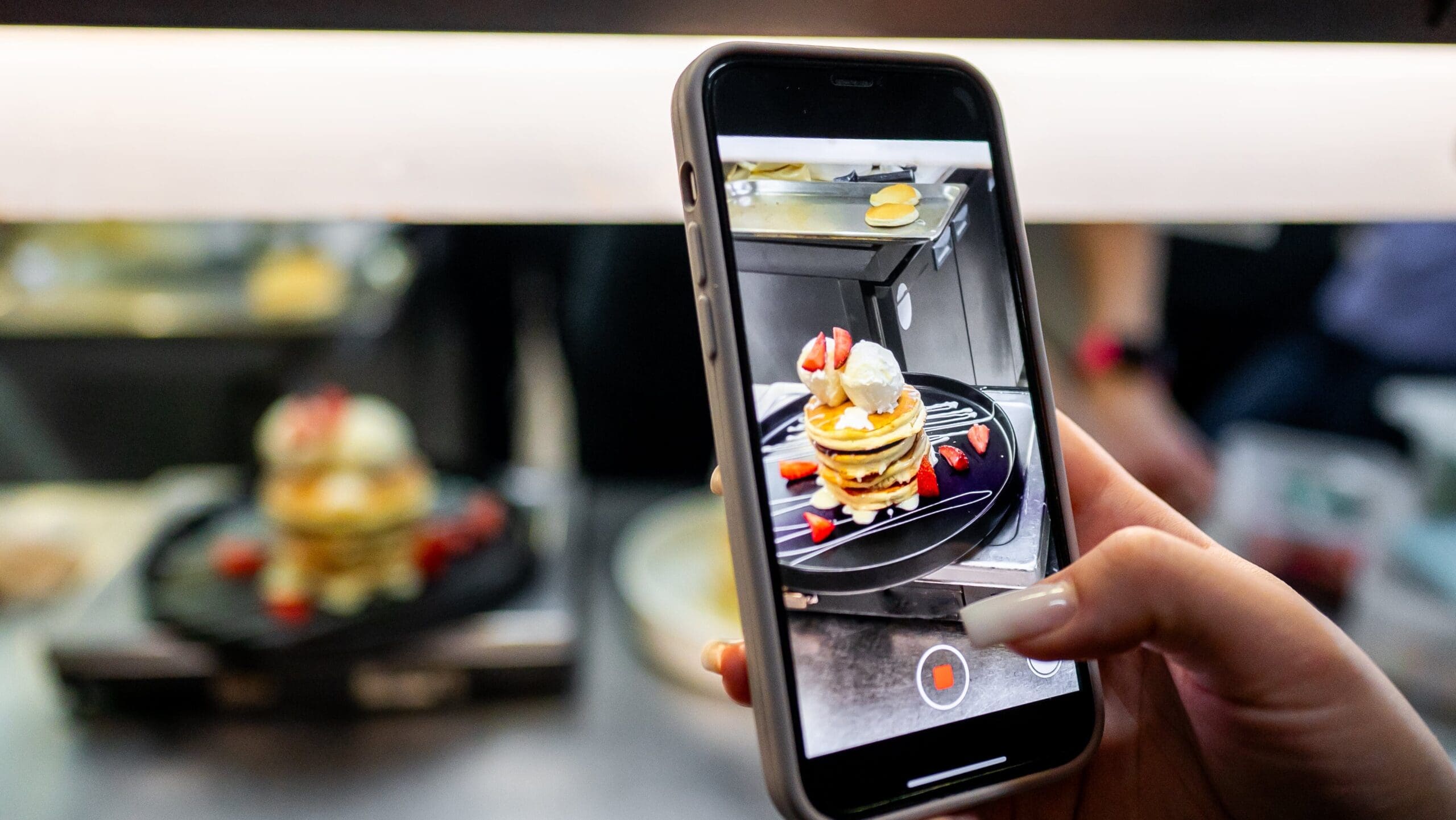Why Social Media Should Be a Cornerstone of Your Shopping Center’s Marketing Budget
Creative Marketing Arts is challenged each year when presenting a large line item in the budgets for social media and reputation management. Shopping centers often operate with tight marketing budgets, and every review seems to lead to further cuts. However, social media and reputation management programs are significantly more cost-effective than traditional methods like direct mail postcards and catalogs that were the standard for years.
A robust social media strategy delivers immediate results, whether by helping struggling merchants with online promotions, announcing special offers, or posting simple updates to let local customers know they’re open. Social media’s ability to geo-target and reach specific customer demographics makes it an indispensable tool for driving retail success.
The Competitive Edge of Social Media
Social media platforms are no longer just tools for posting content; they’ve evolved into powerful community-building and advertising platforms. Here’s why shopping centers should prioritize social media in their marketing budgets:
1. Create an Engaged Community
Shopping centers are more than just retail spaces—they’re community hubs. Platforms like Instagram, Facebook, and Yelp allow you to showcase events, highlight local businesses, and engage with your audience in real time. By fostering a sense of community, you create loyalty that online retailers cannot replicate.

2. Drive Foot Traffic
Social media ads can be geo-targeted to reach customers in your area, promoting special events, sales, and new store openings. A well-executed Google Ads campaign can also ensure your shopping center is at the top of search results when consumers are looking for places to shop, dine, or be entertained.
3. Enhance Customer Expreience
Platforms like Yelp and Google allow customers to leave reviews and provide feedback, which you can use to improve their experience. Quick responses to customer inquiries or complaints on social media can turn a negative experience into a positive one, building brand trust and loyalty
4. Amplify Retailer Campaigns
Retailers within your center are already pushing out product promotions on their channels. By integrating their campaigns into your shopping center’s social media strategy, you create a cohesive and amplified message that benefits both parties and maximizes visibility.
Building a Comprehensive Digital Platform
A strong social media presence is just one piece of the puzzle. To truly compete with online retailers, shopping centers need a well-rounded digital platform:
1. Website
Your website should serve as the cornerstone of your digital strategy, providing essential information about your shopping center, including store directories, event calendars, and promotions. Ensure it is mobile-friendly since most consumers will access it on their phones.
2. Instagram and Facebook
These platforms are visual and community-driven, making them perfect for showcasing what makes your shopping center unique. Use stories, reels, and posts to highlight events, new arrivals, behind-the-scenes content, and promotions.

3. Yelp
Yelp is a critical platform for local businesses. Encourage customers to leave reviews, and ensure your profile is up to date with photos, operating hours, and contact information.
4. Google Ads
Paid search ads help ensure your shopping center appears at the top of search results. Pair this with Google My Business to make your location easy to find and optimize for terms like “shopping centers near me” or “best dining spots in San Francisco, CA.”
The ROI of Social Media
Investing in social media marketing yields measurable returns:
- Stronger Brand Identity: Consistent and engaging content helps position your shopping center as the go-to destination for shopping, dining, and entertainment.
- Increased Foot Traffic: Promotions and geo-targeted ads bring in local shoppers.
- Retailer Retention: Retailers value a shopping center that actively markets their stores and boosts visibility.
Conclusion

As a shopping center developer or marketing director, your success depends on your ability to adapt to the changing retail landscape. Social media isn’t just an optional marketing tool—it’s a vital investment in the future of your center. By embracing a comprehensive digital platform, you not only compete with other online retailers but also create a thriving community hub that fosters loyalty and drives sales. It’s time to leverage the power of social media and digital advertising to ensure your shopping center remains a cornerstone of your community and a competitive force in the retail market.
Take the Next Step with Creative Marketing Arts
Let Creative Marketing Arts help you elevate your shopping center’s digital strategy. From building community engagement to amplifying retailer campaigns, we specialize in crafting tailored social media and digital marketing solutions that drive results.
Ready to create a thriving community hub and increase foot traffic? Contact us today to schedule a consultation.
AUTHOR

Kim Kelley, Marketing Guru
Kim Kelley is the Principal at Creative Marketing Arts. With over 30 years in the Shopping Center industry, Kim offers creative ideas blended perfectly for REIT Advertising and Marketing. With an eye for perfection and creative flair, Kim offers all clients Out of the Box solutions.
